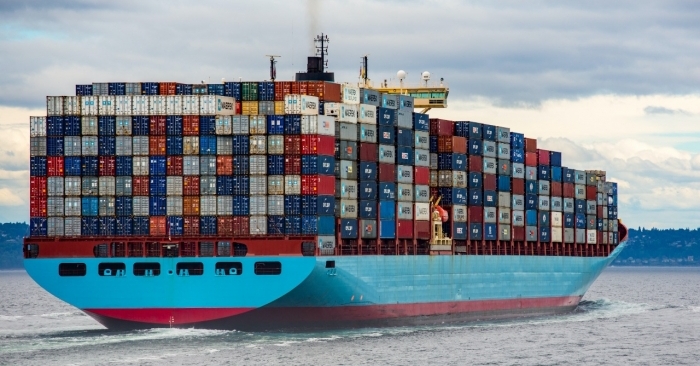Container crisis questioning globalisation, low-freight-cost assumptions: Drewry
The current container crisis is questioning the globalisation and low-freight-cost assumptions on which container shipping growth and shippers’ long supply chains were built, according to Drewry, an independent provider of research and consulting services to the maritime and shipping industry.
September 28, 2021: The current container crisis is questioning the globalisation and low-freight-cost assumptions on which container shipping growth and shippers’ long supply chains were built, according to Drewry, an independent provider of research and consulting services to the maritime and shipping industry.
“Ocean carriers alone cannot remediate the current problems in the short term, and shippers will have to adapt their medium-term strategies,” Drewry said after their recent interactions with global shippers and leading carriers.
“More than 80 percent of shippers reported serious issues with lack of shipping capacity, poor schedule reliability and high freight rates,” Drewry said in its Logistics Executive Briefing. “Furthermore, 40 percent of shippers said that they are considering sourcing or exporting from a more local/regional location – a policy decision with the potential to substantially impact carriers’ future deep-sea network and TEU-mile demand,”
Drewry officials spoke to members of its shipper Benchmarking Club (a group of 110+ multinationals) and five of the top 12 carriers (representing 44 percent of the global container shipping capacity).
The main findings are 3-fold:
*There are a number of measures shippers, ocean carriers and ports can take - and will need to take - to mitigate current container shipping issues. No single contingent group, or actor in the market, can solve the entire situation.
* The current medium-term plans of ocean carriers appear to focus on assets - ordering new ships and new boxes - with a lag time between order and delivery to the market.
* Ocean carriers do not appear to have short-term, contingency plans that can resolve the current market imbalances, other than attempts to stabilise schedules.
“We are seeing staggeringly high levels of congestion outside key import and export container hubs with a total of 2,661,942 TEU currently waiting globally,” according to Charlotte Cook, head trade analyst, VesselsValue. “This congestion has been a side effect of the container market recovery since Covid, and several factors including pent up demand, terminal closures, labour shortages, and a lack of available container ship tonnage.”
The hold up in the maritime sector is already showing knock-on effects to supply chains as trucking and rail transportation experience delays and retailers struggle to restock shelves, Cook added. “With increased shipping expenses as a result of extended idling times and profit margins being squeezed in the shipping sector, we could see these costs trickle down to the consumer in the not too distant future.”




